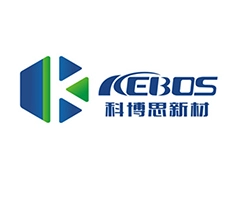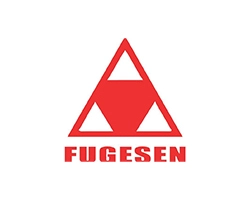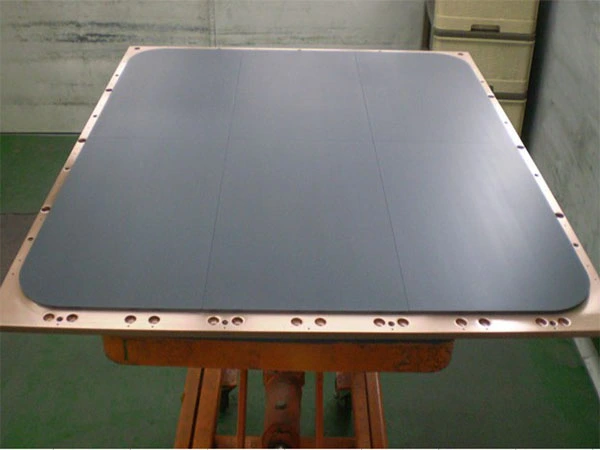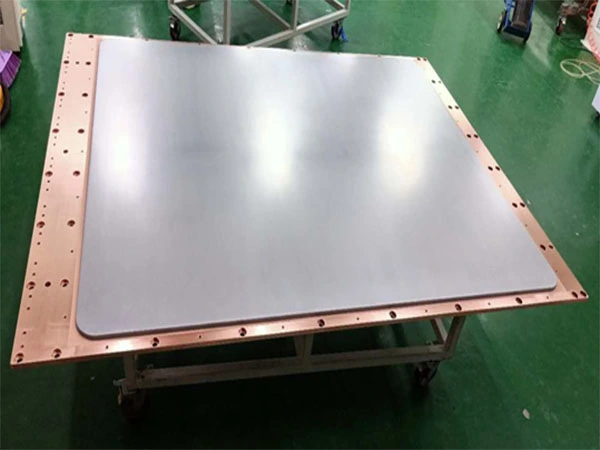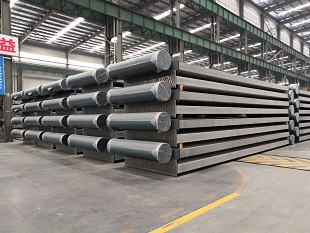ITO target bonding is an essential part of the process of producing high-quality thin films using sputtering. Sputtering is a vacuum-based process that involves bombarding a target material with high-energy particles, causing atoms from the target to eject and deposit on the substrate, creating a thin film. For transparent conductive films using ITO targets, it is crucial to have good adhesion between the target and the backing plate to ensure stable and uniform deposition.
During the sputtering process, the ITO target can deteriorate or wear over time, especially if subjected to high heat, thermal cycling, and repeated sputtering cycles. Bonding the ITO target to the backing plate through specific methods such as brazing, diffusion bonding, or adhesives can prevent degradation and increase the lifetime of the target.
Good bonding also ensures consistent sputtering and minimizes particle generation, which otherwise can cause defects in the deposited film. An excellent bonding method for ITO targets optimizes heat transfer and thermal stability during sputtering, resulting in quality thin films with excellent optical clarity and electrical conductivity.
In summary, bonding an ITO target to the backing plate is a crucial step in the sputtering process, ensuring better performance, stability, and reliability of the ITO thin film for various applications.


 EN
EN
 jp
jp  ko
ko  fr
fr  de
de  es
es  it
it  ru
ru  pt
pt  ar
ar  tr
tr 




